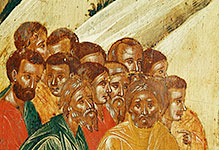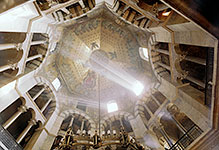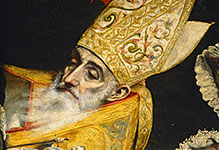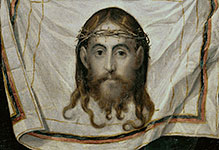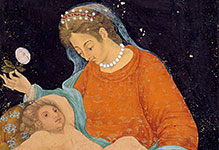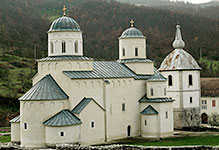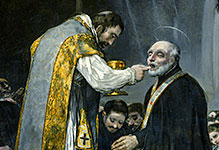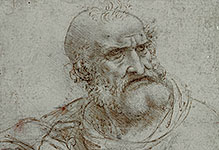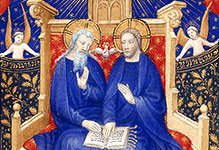
Christianity
Old Testament,New Testament,Saints,Life of Jesus Christ,Mary, Mother of Christ,Mary Magdalen,Passion,Apocalypse, Last Judgement, Heaven and HellAngels

#33010937
Heads of the Virgin and Child, 1508-1510. Silverpoint on orange-pink paper. PD...

#33010938
The massacre of the Innocents, around 1509. Pen and ink. Woman and soldier in t...

#33010939
Nude man with raised arms, 1511-1512. This is one of a series of black chalk dra...

#33010941
The Flight to Egypt, 1557-1559. Angels are shown pulling down the branches of a...

#33010949
'The Entombment', 1530. This later version of the plate shows the crown of thorn...

#33010950
'Rest on the Flight to Egypt', 1565 - 1570. The Holy Family are resting on their...

#33010951
Saint Michael and demons,1450-1460. Drawing, 41,5 x 35,5 cm INV.1855-8-11-48...

#33010952
'View in Alkmaar with the Grote Kerk', 1628-1682. View of the street behind the...

#33010954
'The Entombment', c1654. One of a series of prints that depict episodes from the...
!['Allegory on the Equality of all Mankind in Death', 1599. The complex meaning of this image is derived from the Latin inscriptions. The most important is that at the top of the tent: "MORS CERTA RELIGONIBUS AEQVAT" (Death makes the sceptre and spade equal). Death is therefore the equaliser of people of all classes, from the peasant on the left to the Emperor on the right. The skeletons show no social distinction. On the rim of the tent stand an owl and a lamp, symbols of death and life respectively. The round scenes show the Fall of Man and the Crucifixion, representing the introduction and the conquering of death. The Last Judgement painted in the centre reminds the viewer of Divine Judgement. The boy blowing bubbles is a traditional emblem of transience dictated by the words inscribed over his head: "HOMO BULLA" (Man is [as] a soap bubble). The drawing and print of this theme of mortality and the passing of human existence are therefore designed to encourage the renunciation of all worldly pleasures and to prepare the viewer for death. De Gheyn sympathized with Protestant or Calvinist teachings as this drawing fully illustrates.
PD, 1895-9-15-1031](https://archive.lessingimages.com/photo/34343/thumb)
#33010957
'Allegory on the Equality of all Mankind in Death', 1599. The complex meaning of...

#33010959
'The Virgin and Child and the Dove of the Holy Spirit', 1512-1517. Seated on a f...

#330111 2
'Picture Puzzle of Jonah and the Whale and a Squatting Peasant', 1537. The anamo...

